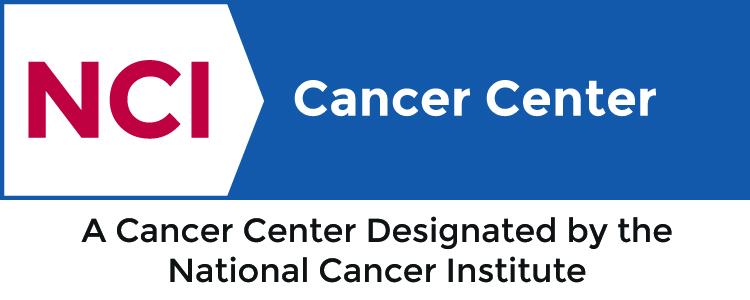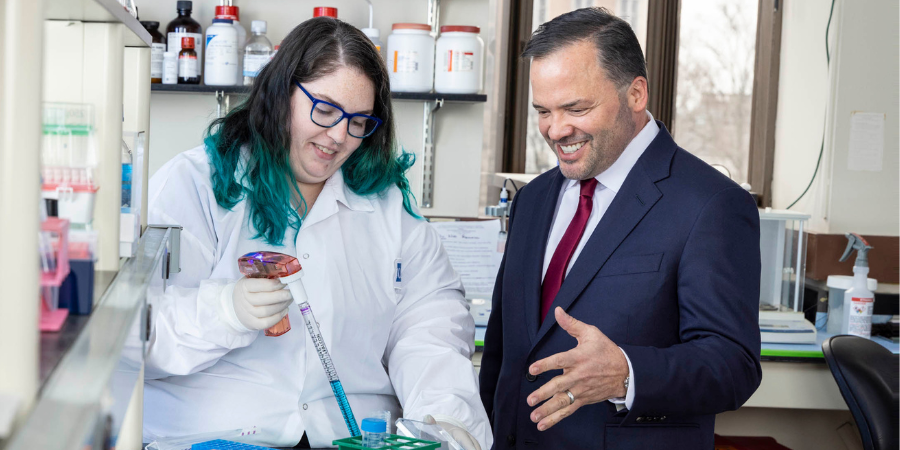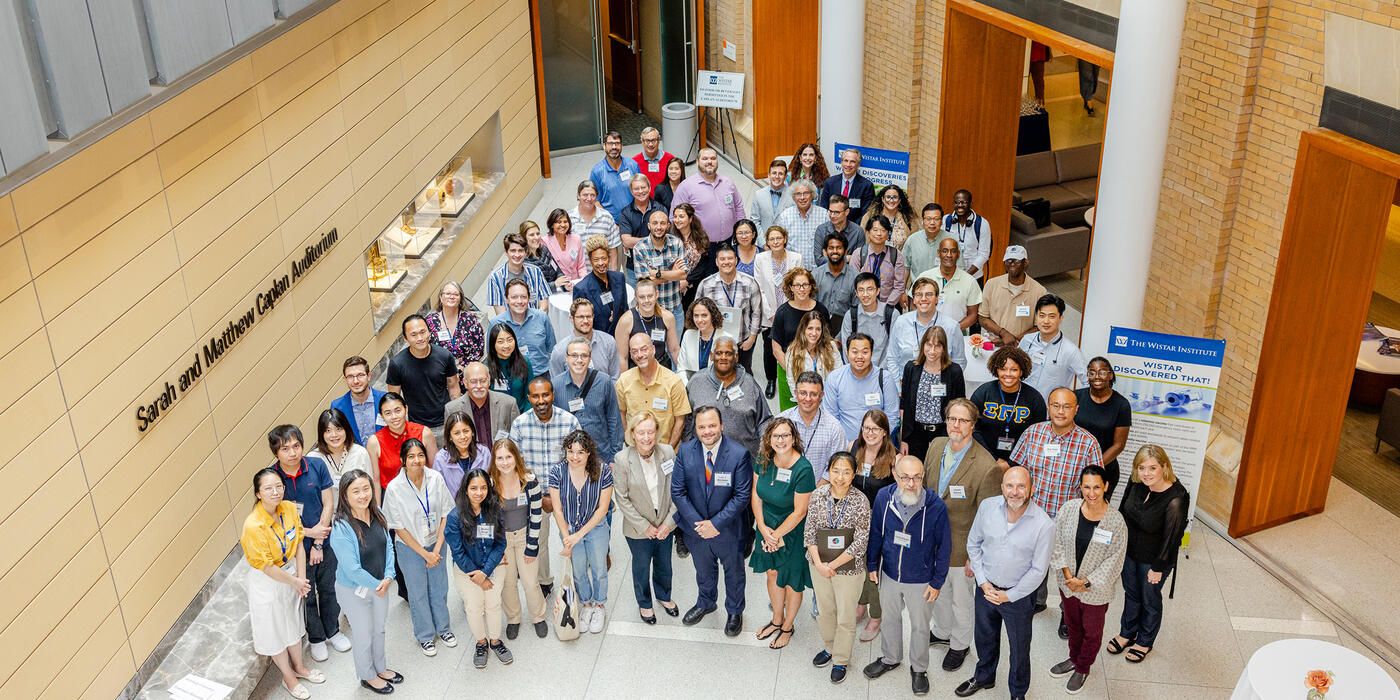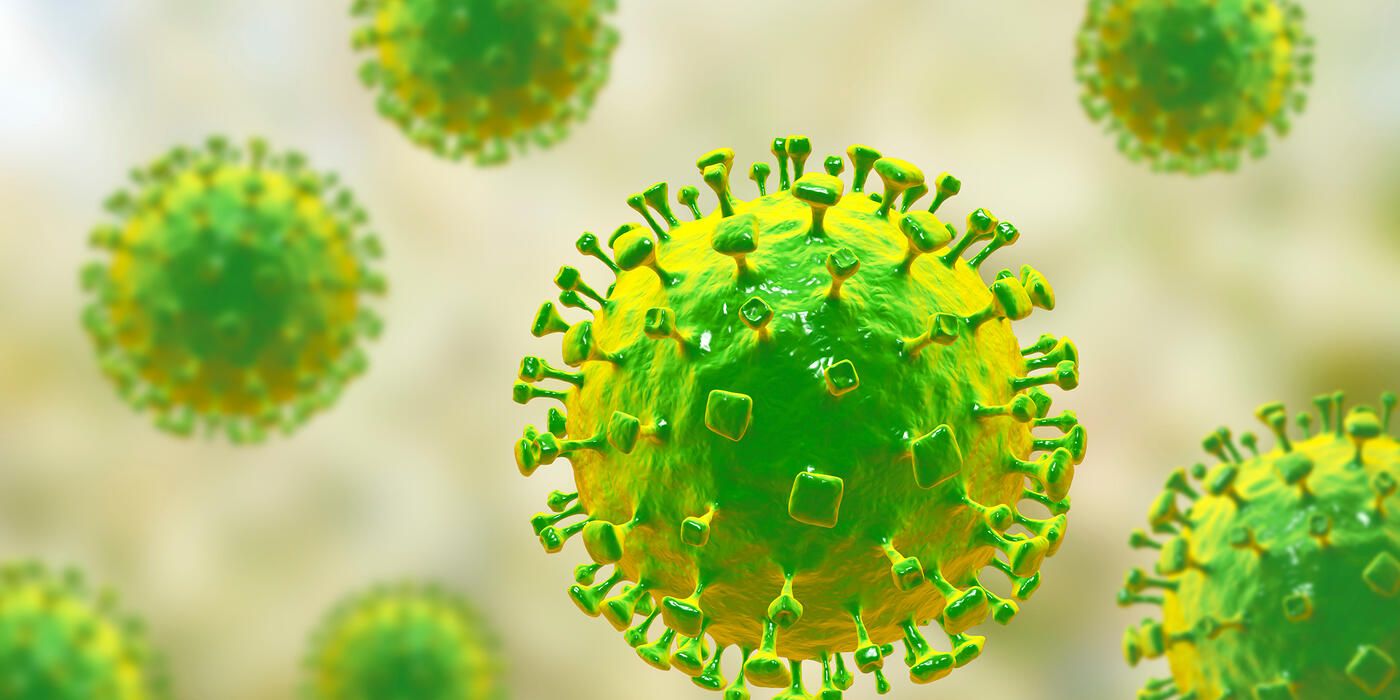Scientists at The Wistar Institute’s HIV Cure and Viral Diseases Center Develop New Natural Killer Cell Strategy to Target HIV
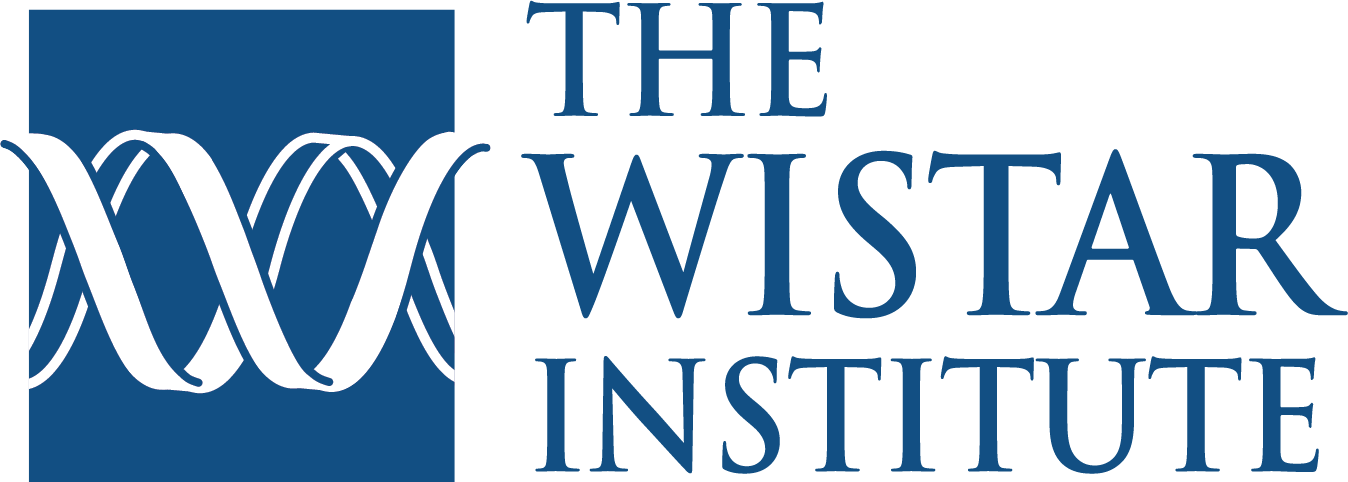
-
CONTACT:
-
Darien Sutton
PHILADELPHIA — (February 17th, 2025) — Researchers at The Wistar Institute’s HIV Cure and Viral Diseases Center have successfully identified a new approach using natural killer (NK) cells to target and kill the HIV-positive cells that allow the virus to persist. Wistar scientists have labeled this new approach “NuKES”: Natural Killer Enhancement Strategy.
Led by Luis J. Montaner, D.V.M., D.Phil., Wistar Executive Vice President and director of the HIV Cure and Viral Diseases Center, and in collaboration with the lab of James L. Riley, Ph.D., professor of microbiology at the University of Pennsylvania Perelman School of Medicine, the team published the results in their new paper, “Gene-modified NK Cells Expressing CD64 and Pre-loaded with HIV-specific BNAbs Target Autologous HIV-1 Infected CD4+ T Cells by ADCC,” from The Journal of Immunology. The Journal honored the paper as a Top Read for the February issue, marking the second time the Montaner lab has received that recognition in less than a year.
NK cells are unlike T cells in that, until now, they do not naturally attack specific targets. To overcome this challenge and confer greater killing specificity by NK cells, Dr. Montaner and his team genetically modified NK cells to express CD64, a protein not normally expressed by NK cells. CD64 has greater binding activity for holding onto antigen-specific antibodies (which is critical for effective targeting) than any other molecule that naturally occurs on NK cells. Laboratory testing confirmed that CD64 expression can hold HIV-specific antibodies on NK cells for weeks and can serve as a means to specifically target and kill infected cells.
“An effective HIV cure strategy depends on successfully targeting viral reservoirs, the virus-infected cells in which the virus can persist and cause long-term complications,” said Dr. Montaner. “Our new approach shows that we can leverage the innate immune system against HIV reservoirs with greater accuracy, introducing a powerful new line of attack against HIV.”
Although HIV can be treated and managed with antiretroviral therapy (ART), the virus cannot yet be cured. Without a cure, more than a million individuals living with HIV in the U.S. alone live with persistent inflammation and comorbidities. Scientists searching for a cure, like Dr. Montaner and his team, aim to eliminate the virus altogether, which requires destroying “viral reservoirs”: cells that stay infected with HIV and enable the virus to persist at low levels in spite of current anti-HIV therapy.
In their new paper, researchers turned to NK cells as a possible method to target viral reservoirs. Unlike T cells, which are part of our adaptive immune system and respond to threats based on learning, NK cells are part of the innate immune system, which is our body’s first line of defense for any perceived foreign threat.
Although NK cells have natural antibody-binding molecules such as CD16, their ability to hold onto antibodies long-term is inferior compared with CD64. To improve antibody binding, the researchers generated CD64-positive NK cells that could reliably bind anti-HIV antibodies to target HIV-positive cells and kill them. The current work provides a foundation for clinical testing of anti-HIV NuKES.
“This exciting improvement in NK cell therapy gives me hope not just for its applications in HIV cure research but for other diseases as well by just changing the targeting antibody we can load onto the CD64 expressing NK cells,” said the paper’s first author and Montaner lab senior staff scientist, Costin Tomescu, Ph.D. “I look forward to further testing to refine this strategy for eventual use in the clinic.”
Co-authors: Costin Tomescu1, Adiana Ochoa Ortiz1, Lily D. Lu1, Hong Kong2, James L. Riley2, and Luis J. Montaner1
1The Wistar Institute
2The University of Pennsylvania, Perelman School of Medicine
Work supported by: This work was supported by amfAR Target Grant 110408-73-RGRL; National Institutes of Health grants UM1AI164570 and P30AI045008; and the Robert I. Jacobs Fund of the Philadelphia Foundation.
Publication information: “Gene-modified NK Cells Expressing CD64 and Pre-loaded with HIV-specific BNAbs Target Autologous HIV-1 Infected CD4+ T Cells by ADCC,” from The Journal of Immunology.
For a printer-friendly version of this release, please click here.
ABOUT THE WISTAR INSTITUTE:
The Wistar Institute is the nation’s first independent nonprofit institution devoted exclusively to foundational biomedical research and training. Since 1972, the Institute has held National Cancer Institute (NCI)-designated Cancer Center status. Through a culture and commitment to biomedical collaboration and innovation, Wistar science leads to breakthrough early-stage discoveries and life science sector start-ups. Wistar scientists are dedicated to solving some of the world’s most challenging problems in the field of cancer and immunology, advancing human health through early-stage discovery and training the next generation of biomedical researchers. wistar.org
